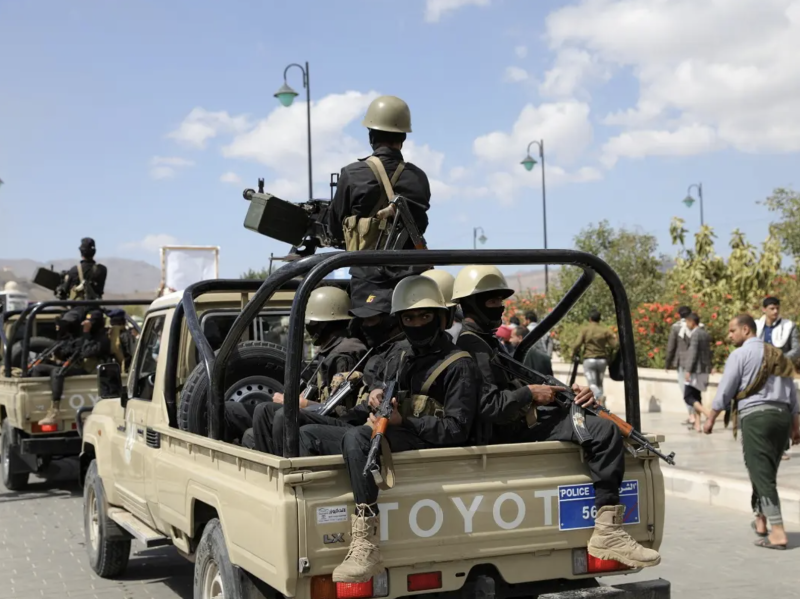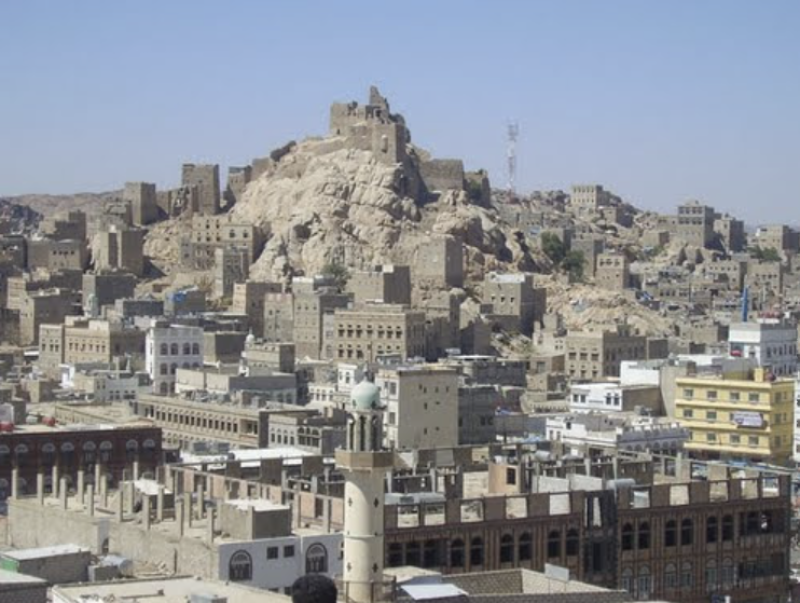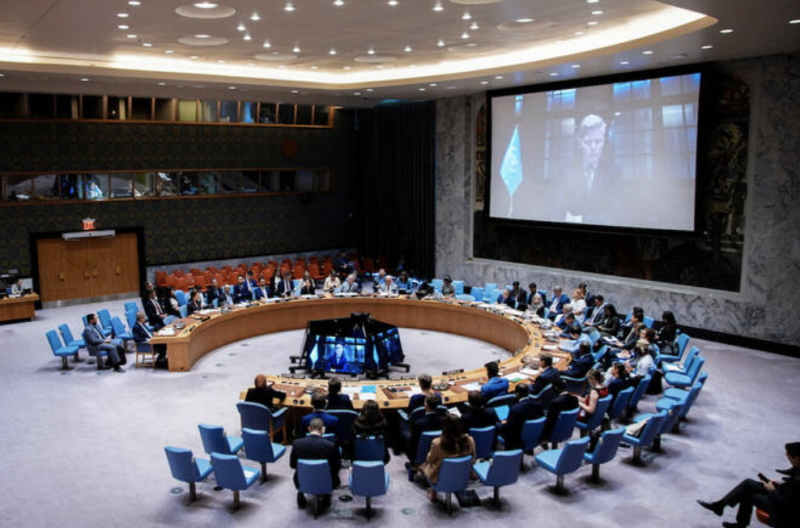Houthis Redrawing Border between Yemen’s North and South
When the Iran-backed Houthi militias took over the Yemeni capital Sanaa in September 2014, their leader, Abdulmalek al-Houthi vowed to then United Nations envoy Jamal Benomar that his fighters will carve up the country’s north to themselves.
Six years later, the Houthis have embarked on an “adventure” to seize southern provinces in an effort to redraw the line that separated Yemen’s north and south before the establishment of the republic in 1990.
The Houthis have failed in these six years to garner the support of the people in regions under their control, except perhaps in the Dhamar and Raimah provinces due to their geographic positions.
Residents told Asharq Al-Awsat that the Houthis have started to construct an administrative building for the Dhale province in the Damt district, which was part of the Ibb province. Damt is the closest district to the former border line.
The militias had waged an offensive in the region to shut the main trade route that connects the north to the south where Aden port is located. The Houthis had launched a similar offensive over the border between Dhale and Taiz.
In Lahj, the militias have sought to deploy in areas that used to make up the former border. They did the same along the border between the al-Bayda and Abyan provinces.
Now, the Houthis are sending out all of their forces towards the Marib province in an effort to complete the re-demarcation of the former border line. The capture of the province would also allow the militias to control vital gas and oil wells and the main power plant and reach the former border regions of Hadramawt and Shabwa.
Amid these developments, the militias separated the northern telecommunications companies from the south, whereby people residing in government-held regions could no loner pay phone or internet bills in militia-held areas.
In the trade sector, the Houthis introduced two versions of the national currency, whereby one can only be used in the north and is barred from use in government-held regions. They also set up customs checkpoints in areas they control in order to impose new tariffs on top of those paid at government ports.




